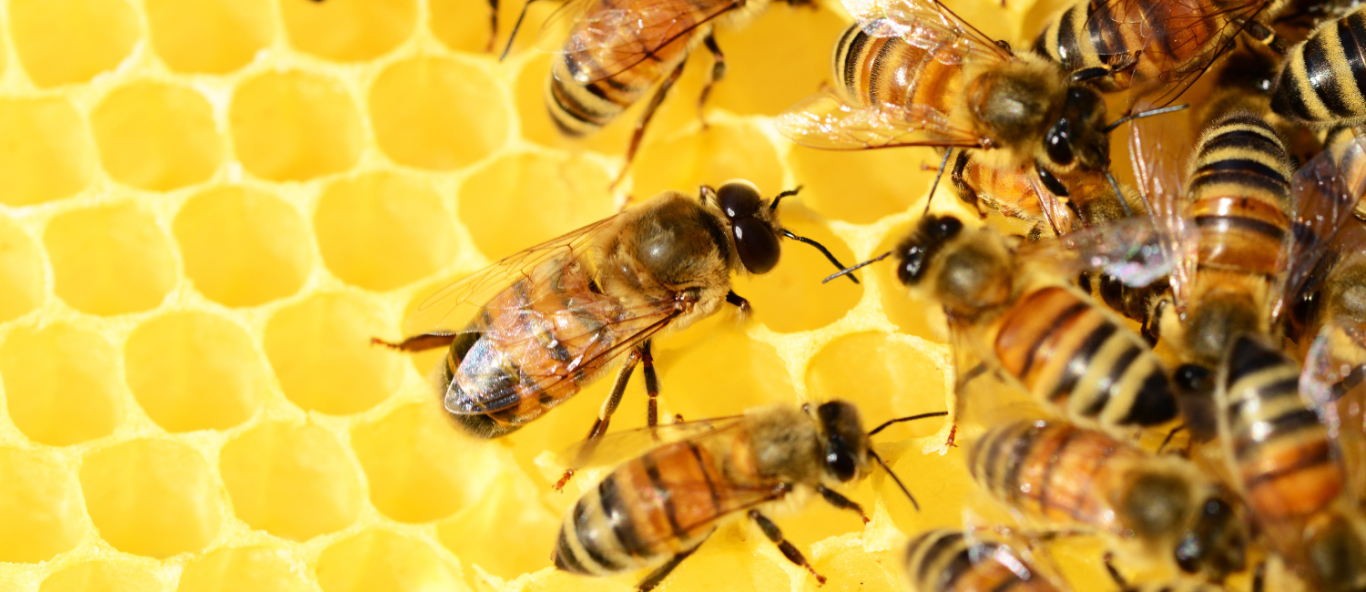Pollinators
Applicable Ages : K-2
This program can be adapted for learners of all ages.
Program Description: Discover the inner workings of the plant and pollinator world and learn why neither could survive without the other. View the inside of a honeybee colony and observe their behaviors through our glass Observation Hive. One lucky student will dress up as an Apiarist, while we learn about this unique career. Visit the Pollinator Pen in our Children's Education Farm to learn more about flower anatomy and why honeybees are so important for our food supply. Students will enjoy releasing some energy in our nearby fruit orchard by playing the "Pollen Collector" relay race in teams and by learning how bees communicate using the "Waggle Dance".
Timeframe: 1 Hour; April – September
Educational Standards:
SCI. LS3.A.1. Young organisms are very much, but not exactly, like their parents, and also resemble other organisms of the same kind.
SCI. LS1. B.1. : Parents and offspring often engage in behaviors that help the offspring survive.
SCI. LSI. A.1 : All organisms have external parts that they use to perform daily functions.
SCI. LS1. C.K. Animals obtain food they need from plants or other animals. Plants need water and light.
SCI.LS1.D.1 : Animals sense and communicate information and respond to inputs with behaviors that help them grow and survive.
SCI. LS2. A.2. : Plants depend on water and sunlight to grow. Plants depend on animals for pollination or to move seeds around.

